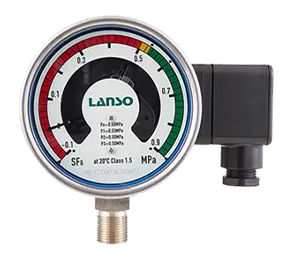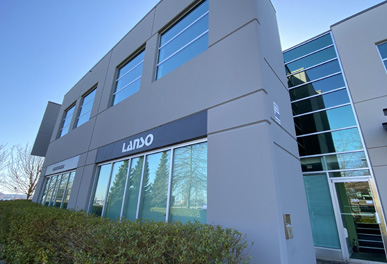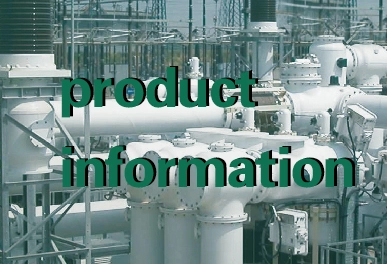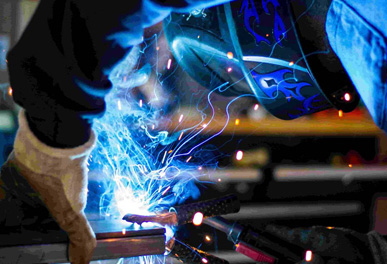1. What is sf6 gas density monitoring?
Gas density is an important working structure of high-pressure equipment, and if the required gas density does not exist, the safe operation of the current working environment cannot be guaranteed.
That's why sf6 gas density monitoring is an integral part of providing a safe and secure working environment.
2. How does the SF6 gas density monitor work?
Gas density is usually determined indirectly from the air pressure using a pressure gauge or pressure sensor, since the pressure in a confined space varies greatly with temperature, such devices require temperature compensation.
The sf6 monitor provides this compensation and operates through electrical switch contacts that trigger an electrical contact switch and send a warning to the operator once the gas pressure level reaches an unacceptable level.
A portable sf6 gas density monitor is a reliable and economical way to monitor SF6 gas density and leaks over a wide temperature range.
The temperature-compensated pressure switch automatically adjusts its settings to accommodate temperature changes at all SF6 density levels, including gas mixtures. These switches are mainly used to measure the density of SF6 in high voltage circuit breakers.
3. The necessity of SF6 gas density relay calibration
SF6 switches are high-voltage electrical appliances widely used in power systems. The reliable operation of SF6 switch has become one of the concerns of the power supply department.
The SF6 relay is an important component used to monitor the change of SF6 gas density in the SF6 switch body during operation, and its performance directly affects the operation safety of the SF6 switch.
Due to the infrequent action of the SF6 gas density relay operating on site, after a period of time, the action is often inflexible, the contact is not in good contact, etc., and some of the density relays also have poor temperature compensation performance.
4. The basic principle of SF6 gas density relay calibration
The gas pressure in the airtight container changes with the temperature, and the relative pressure value of SF6 at 20°C is usually used as the standard value.
During on-site verification, the SF6 pressure value measured at a certain ambient temperature should be converted to its equivalent pressure value at 20 °C, so as to judge the performance of the density relay.
Locking recovery value verification: At ambient temperature, when the SF6 gas density relay is at zero pressure, slowly inflate the SF6 density relay at a certain speed.
When the latching relay of the SF6 density relay operates, record the pressure value at the current ambient temperature and convert it into the equivalent pressure value at 20°C. The equivalent pressure value at 20°C is the latching recovery value of the SF6 density relay.







